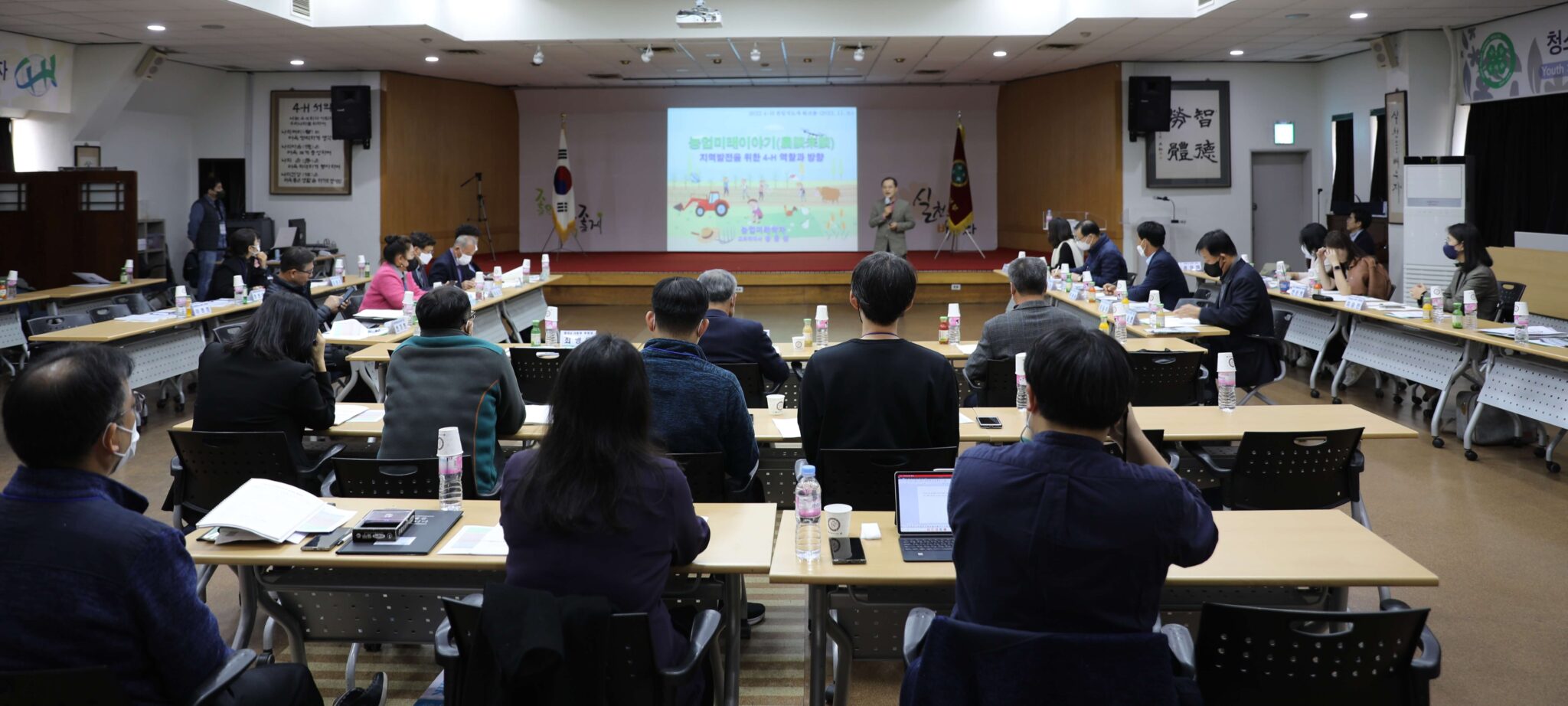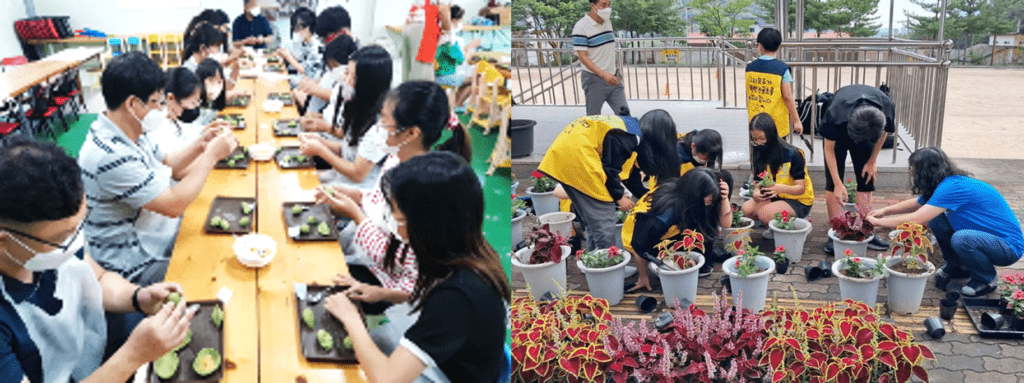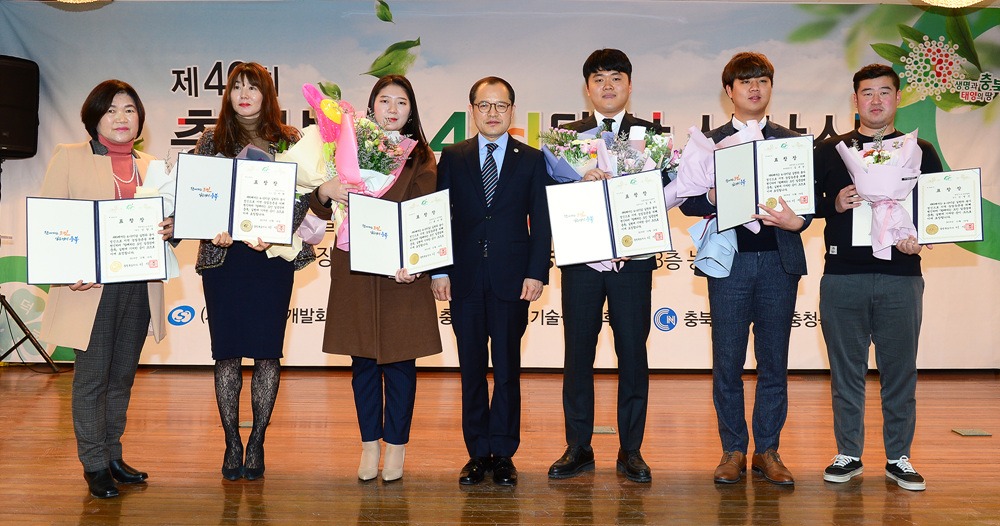INTRODUCTION
In late spring, ahead of the 1988 Seoul Olympics, I vividly remember taking my first step into public office. After completing military service, the first task given at the front-line site as a young man and a first-time public official was to foster 4-H with rural teenagers in their 20s. At that time along with the 4-H members, the Olympic torch relay road was created as a cosmos flower road. Also the 4-H outdoor training activities, such as camping, were held in forests and valleys in the middle of summer. A 4-H competition and fair festival was also held for rural youth to exhibit their projects’ accomplishments in the harvest season. By publishing the 4-H Bulletin every month containing these activities, I spent valuable time sharing my life with customers and members of 4-H who were the same age as me.

Special Lecture on Developing 4-H Clubs by Dr Song Yong-sup (November 2022)
Since it was a time when Ichonhyangdo (rural to urban migration), was at its peak, fostering teenagers growing up in poor rural areas was more important than anything else, but it did not receive much public attention as it was difficult. This is because agriculture was recognized as a declining industry, and there was no hope anymore, so youth were escaping from the rural areas. However, in retrospect, it would have been difficult to lay the foundation for fostering young farmers that this era desperately demanded if we had not fostered and developed the 4-H club with the sense of a calling and patience necessary for the times. Also, they would never have been able to raise many 4-H graduates who have since grown to be good leaders in the country and community.
THE 4-H CLUB
The 4-H club, which is active in more than 70 countries around the world, was founded in 1911 when it organized rural youth clubs spread throughout the United States; in Korea it was introduced mainly in Gyeonggi-do Province in 1947 during the U.S. military government (Box 1). After the Korean War in 1950, it was adopted as a government policy project in 1952 in accordance with the need for rural promotion and youth guidance, and the first 4-H Central Competition was held in 1954.

Summer camping of 4-H Members

4-H is an organization that supports various educational and other activities (Box 2) for teenagers since they be the leaders of the future of Korea. This will help them grow into democratic citizens and thus contribute to the local community and national development that is based on the four ideologies of Ji (Head), Deok (Heart), Noh (Hands), and Chae (Health). 4-H is attached to rural areas through youth career guidance and helps them enter farming and grow into young farmers. The 4-H association consists of students 4-H, universities 4-H, and youth farmers 4-H, depending on the age and organizational characteristics – from 7-year olds to 39-year olds – and several developmental efforts are required in the future.
Youth farmers 4-H, a key organization in rural areas, are sometimes confused with social organizations or community service organizations despite their important value as learning organizations. 4-H emphasizes learning to acquire new knowledge and skills through an educational method called ‘project’. Therefore, it is necessary to develop and distribute various practical programs centered on hands-on activities by discovering the educational needs and desires of young farmers. Joint tasks operated by some cities and counties are becoming a good means of learning to share new technologies and information among members, and forming a bond through collaboration.

4-H members must have practical authority and participate autonomously and actively. The initiative for business activities is with the institution that fosters, and members should not just stay at the level of participation. Recently, operating a drone control group centered on 4-H members is a developmental field case. We need to make use of the great 4-H creed of ‘learning by doing, good things better’. As of 2021 the country has more than 70,000 members including 1,087 members of universities 4-H, and 7,026 members of youth farmers 4-H.

Middle school 4-H members being provided with relevant field experiences
STRENGTHENING 4-H: THE WAY FORWARD
If the members of the 4-H headquarters, a well-organized 4-H senior group nationwide, become mentors and pass on their valuable experience as resource leaders, 4-H will be able to develop further.

40th 4-H Award ceremony (December 2019)
In addition, it is necessary to further revitalize the university 4-H and expand the International 4-H Youth Exchange (IFYE), which began in 1963, so as to develop the expertise and global leadership abilities of future generations, for crises such as climate change, food shortages, and rural regeneration.
END NOTE
In order to overcome the aging of rural areas along with the disappearance of local areas, fostering young farmers is the most urgent and important solution. Young farmers are rural jewels, and the factory where they grind and polish jewelry is 4-H. As a leading player in the era of the 4th Industrial Revolution, Korea should continue to write about the 75 years of proud 4-H history by incorporating it into the spirit of the new era. I am happy to feel valued and rewarded now by the pride that 4-H is becoming the mother who fostered the good young farmers of today.
This blog is an updated version of the article by the author that appeared in Chungbuk Daily Newspaper (June 26, 2022) in the Korean language.